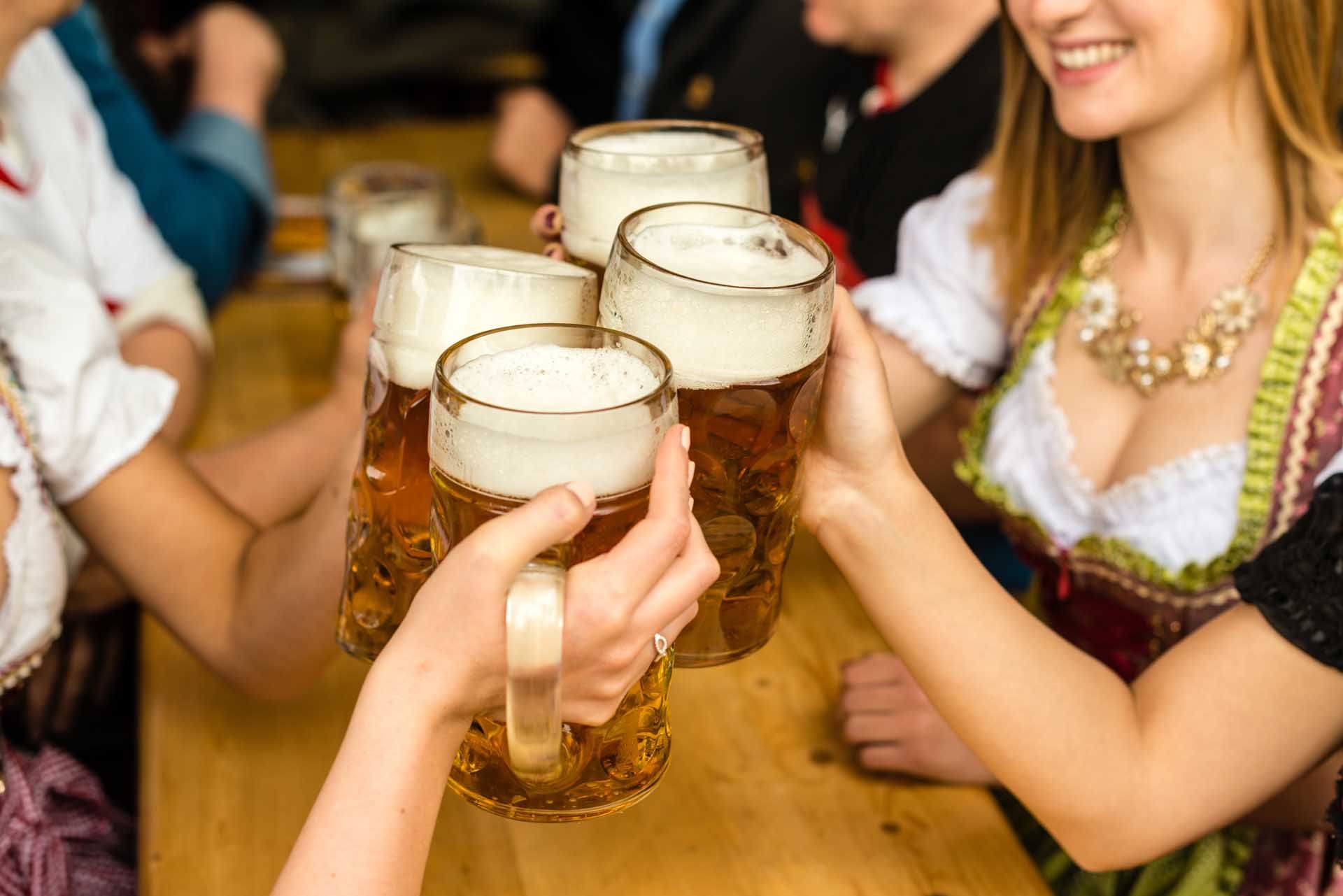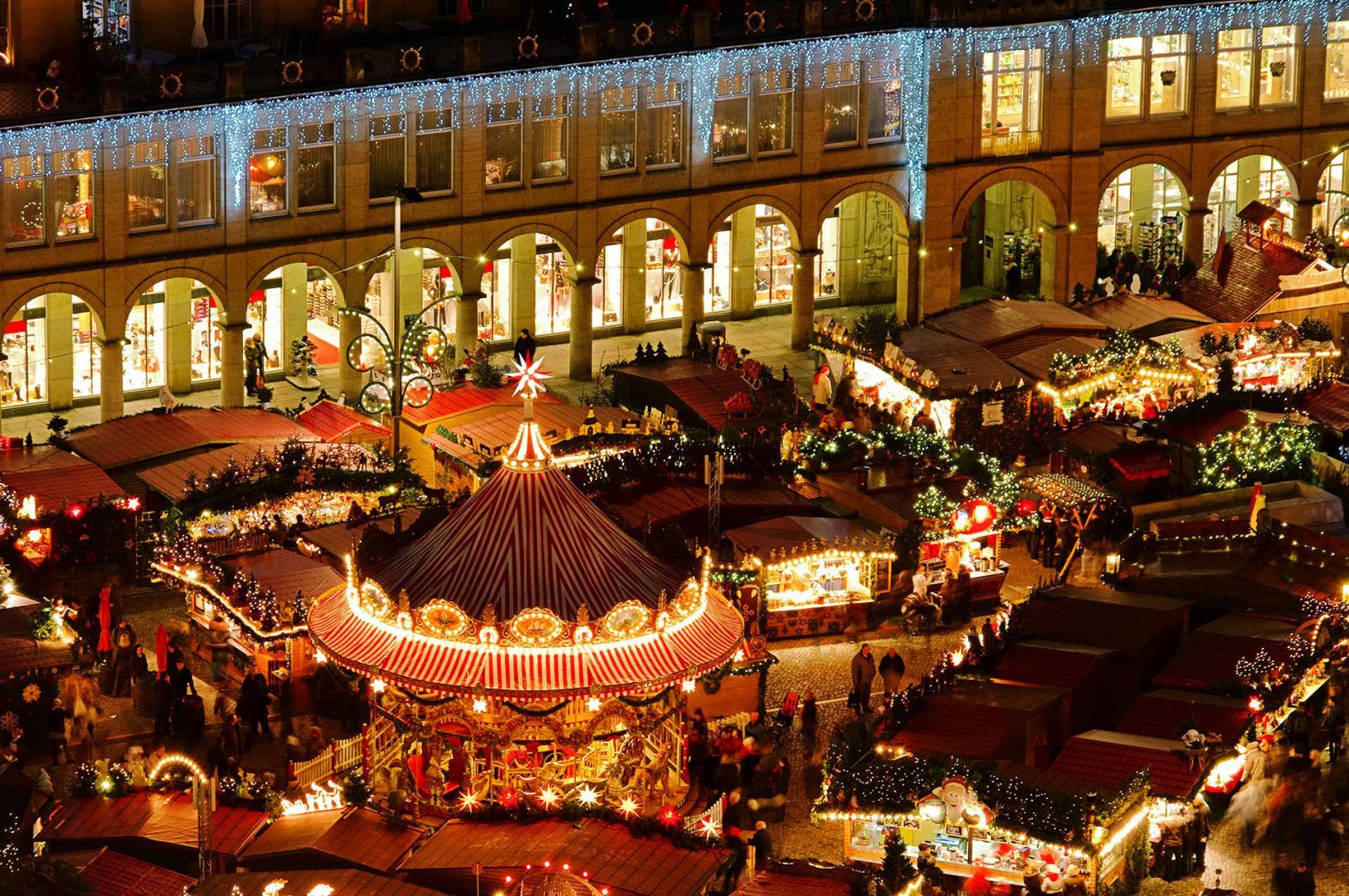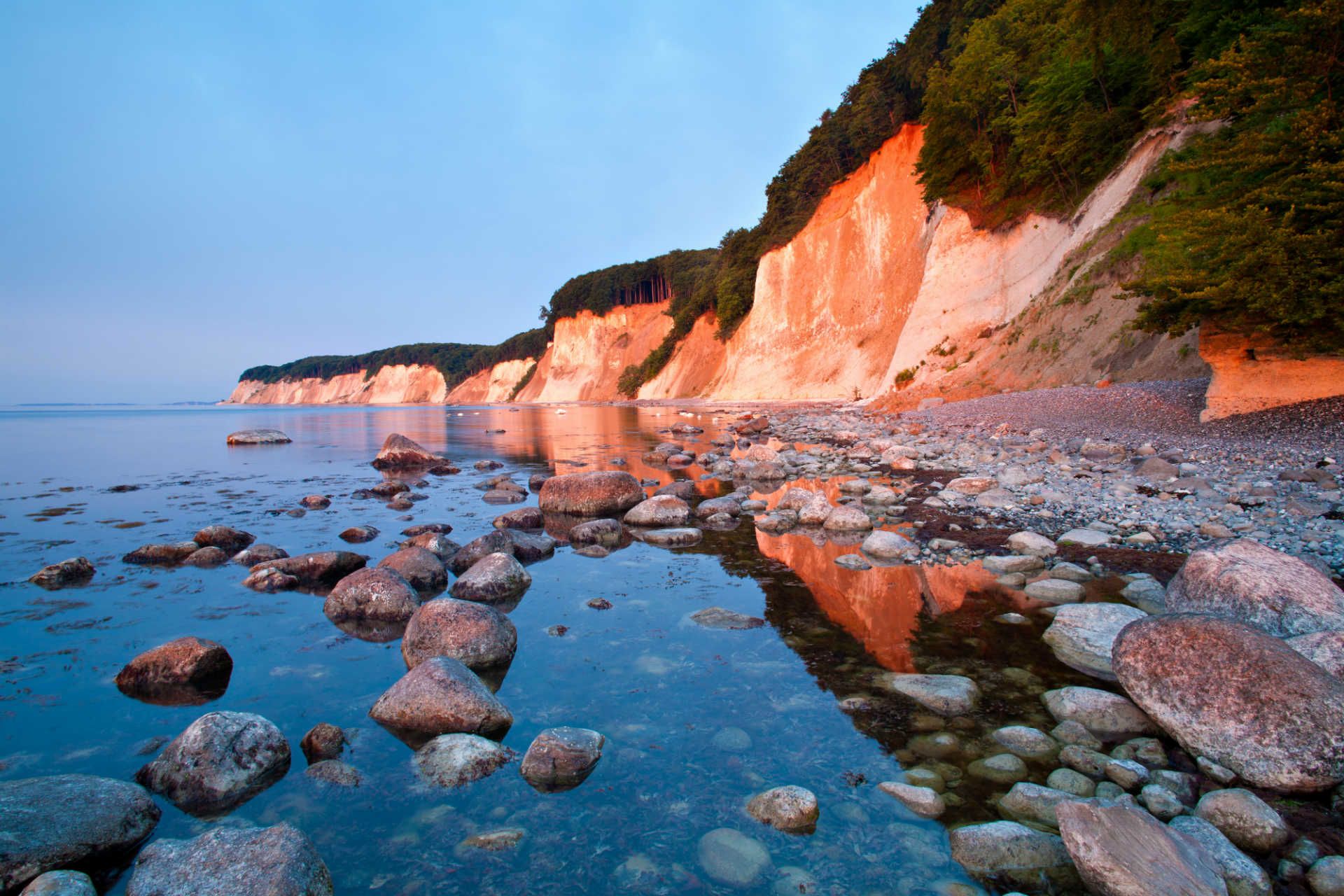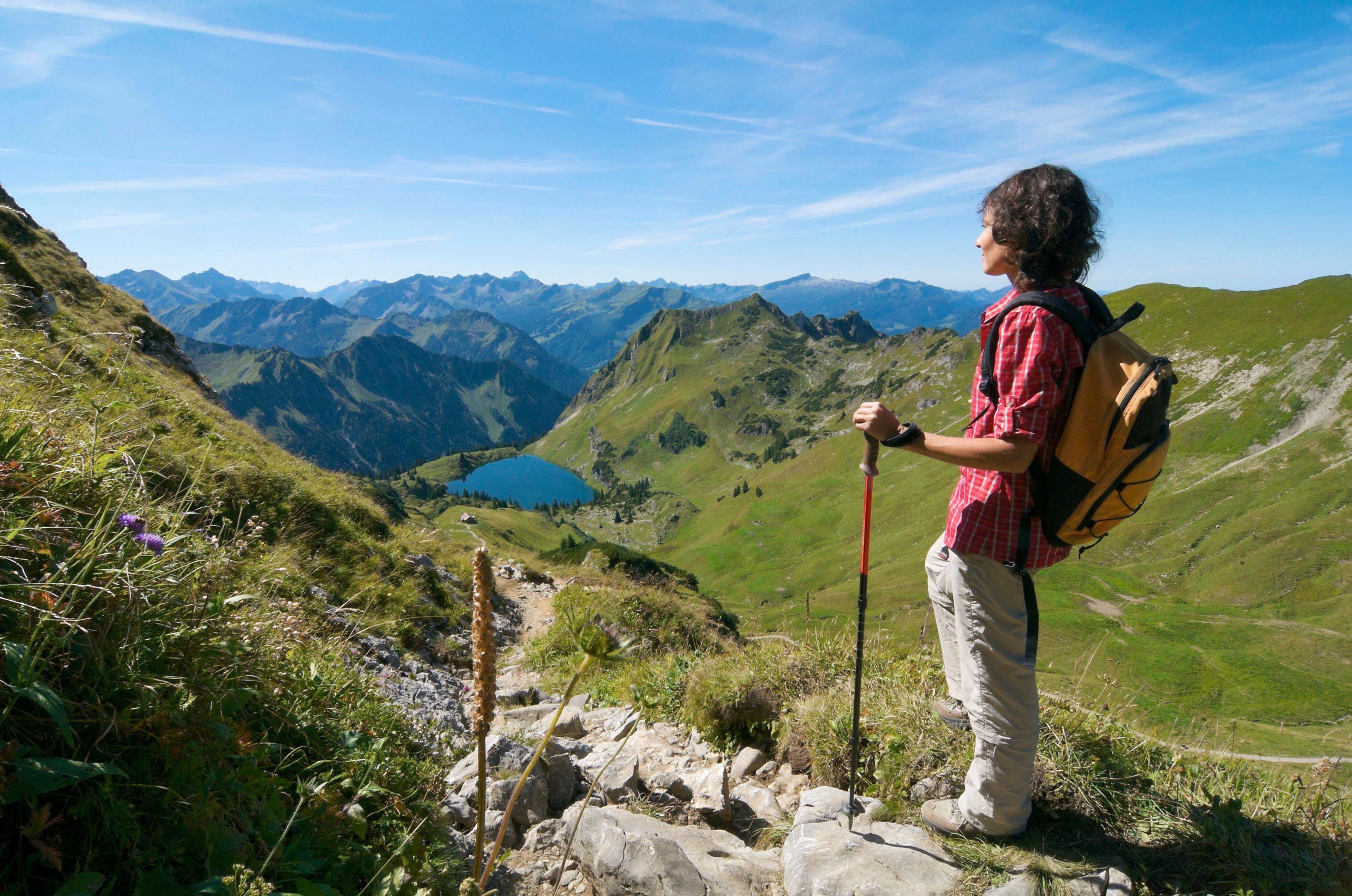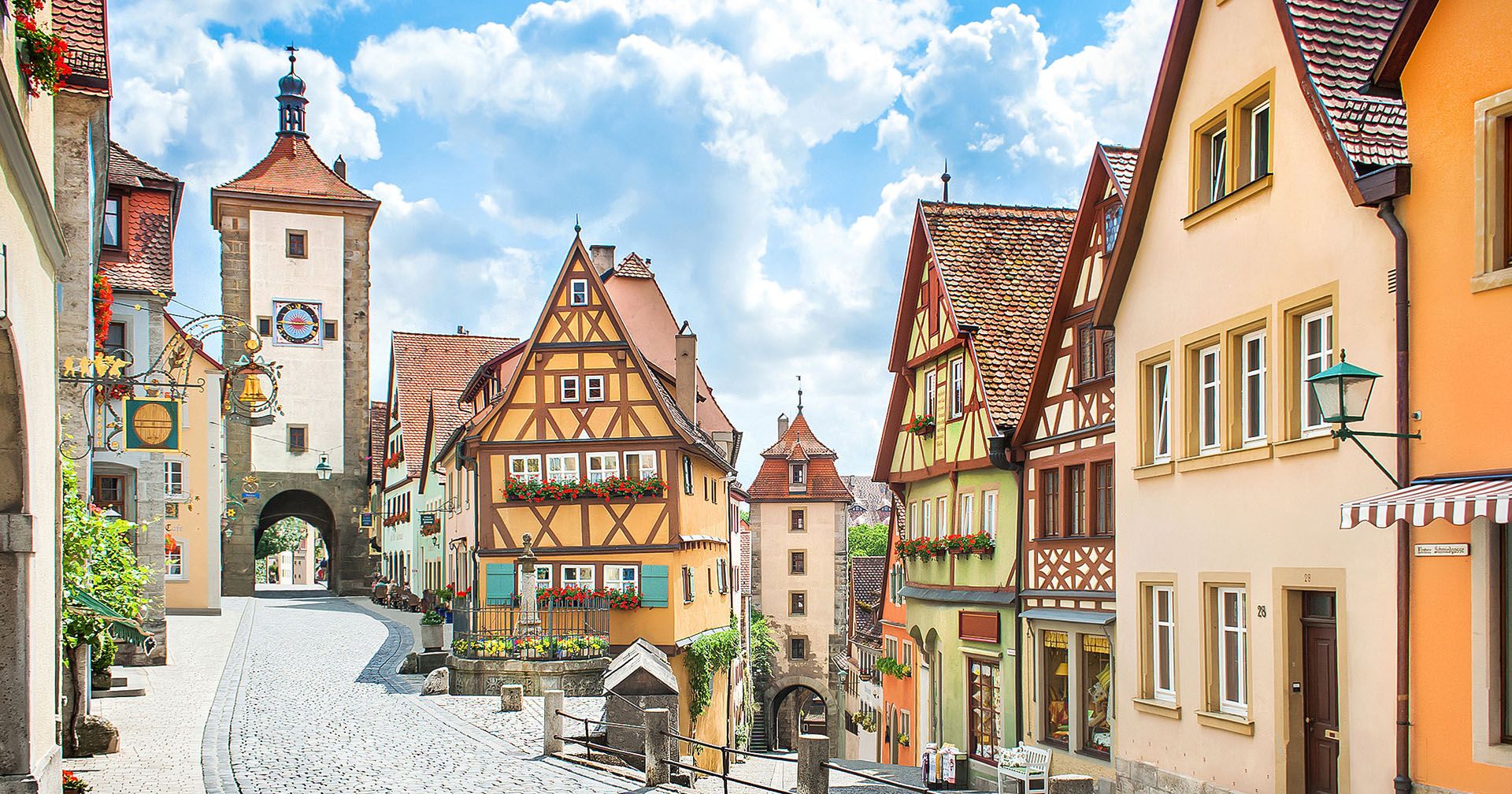- Activity
- Authentic Experiences
- Germany
- Berlin
- Cologne
- Munich
- Dresden
- Saxony
- Nuremberg
- Inspiration
- See & Do
Planning your own trip? Prepare for your trip
Use Rough Guides' trusted partners for great rates
Travel advice for Germany
From travel safety to visa requirements, discover the best tips for visiting Germany
- Eating and drinking in Germany
- Travel Tips Germany for planning and on the go
- Customs and etiquette in Germany
- Getting around Germany: Transportation Tips
- How to get to Germany
- Germany Itinerary: 7, 10 and 14 days
- Shopping tips for Germany
- Sports and Outdoor activities in Germany
- Best time to visit Germany
- How to plan a trip to Germany: a complete guide




